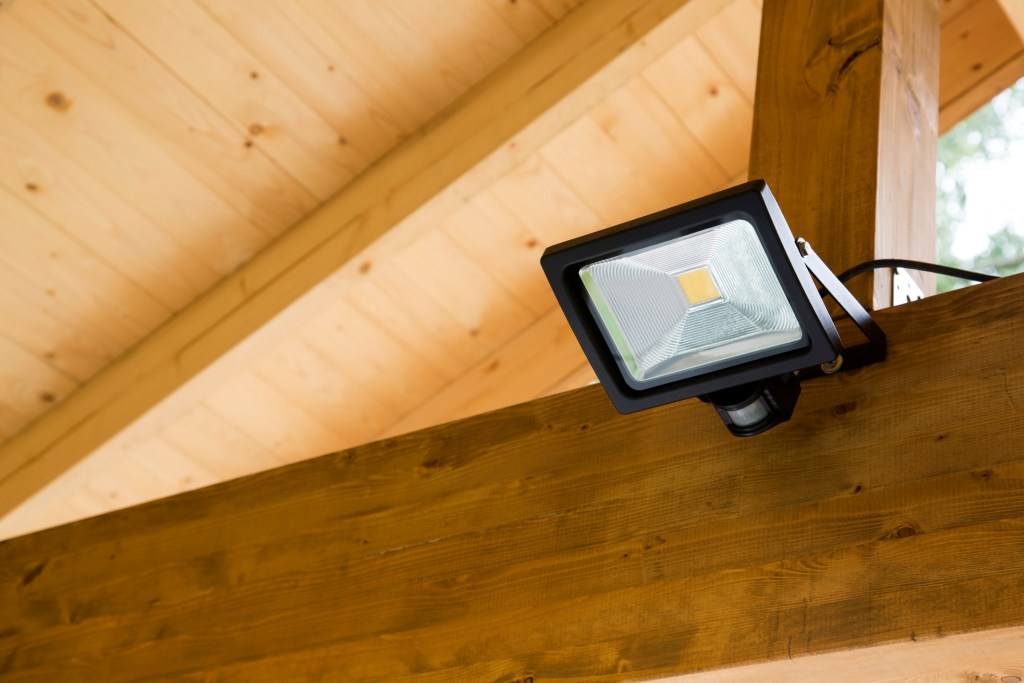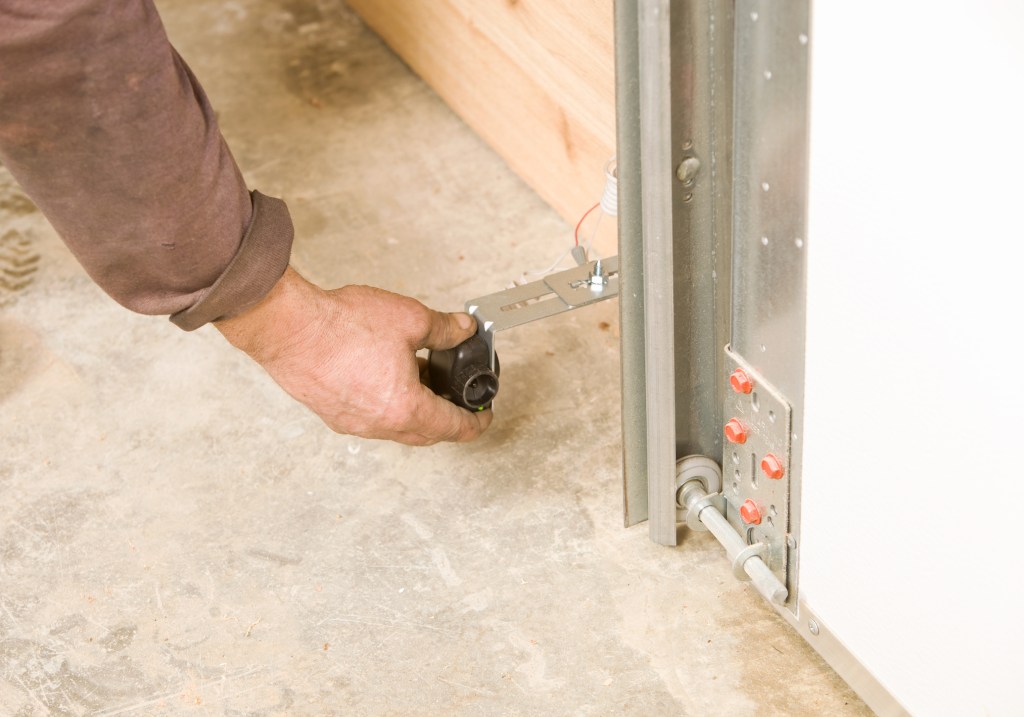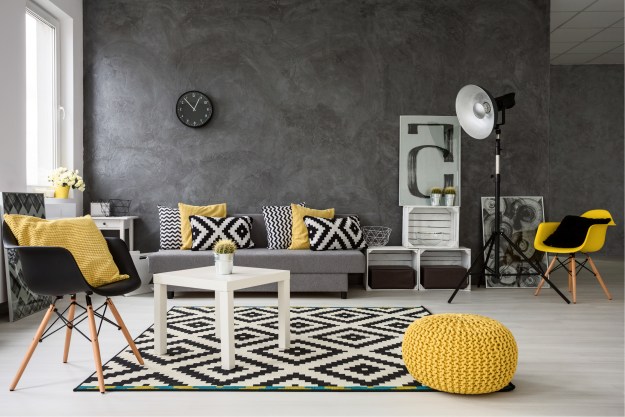If you’re looking to up your security game, chances are you’re looking into all the components of a quality home security system. However, when it comes to motion sensors, it can get a bit tricky deciding how many you need and where to install them. The good news is, you don’t need to go overboard with motion sensors to have an effective and high-quality home security system. Here’s what you need to know when it comes to the number of motion sensors needed in your home.

How many motion sensors do I need?
The answer to this question will depend on the size of your home and its layout. If you have too few motion sensors, you’ll have large blind spots in your home where motion is not being detected. If you have too many sensors, you may have false alarms while increasing the overall cost of your security system. To find that sweet spot between the two extremes, focus on installing motion sensors in high traffic areas and areas that hold your valuable belongings.
Entryways and high traffic areas
Any area of your house that you must walk through to enter the rest of the house is a good location for installing motion detectors. This includes parlors, mudrooms, or just a section of the hallway that houses your front door. If you have to walk through that area to get to the rest of the house, so does an intruder. Having motion sensors in high-traffic areas will give you a bit of a head start on an intruder before getting to the room that is their destination.
Bedrooms
You’re the most vulnerable when you sleep, so having motion sensors that monitor your bedrooms is necessary. You don’t necessarily need a motion sensor inside every bedroom, though. Particularly if your bedrooms are on upper floors, an intruder will likely not be able to gain access to your bedrooms from the outside. This means they will have to access the hallway outside of the bedrooms first before entering the bedrooms themselves. A motion sensor in a corner in the hallway on an upper floor will provide you with ease of security while avoiding the issue of false alarms when you get up in the middle of the night.
Basement
You may not think about putting motion sensors in the basement, but this is a common entry point for intruders. There are often accessible windows that allow them to bypass entryways and the cameras and sensors that are often equipped on those entryways. Depending on the size and layout of your basement, you may only need one motion sensor. Even if your basement is larger, if it’s fairly open, one sensor in the corner of the room could monitor a 90-degree angle and detect motion up to 40 feet away. When you set up a motion sensor in your basement, be sure there are no items stored in front of it so that it can monitor the entire space.
Any room with valuables
If you have a gaming room, a home office, or a den with valuable electronics, a safe, or other items of value, it’s a good idea to have a motion sensor installed in each of these rooms. If you have a particularly valuable item, like an original painting or a state-of-the-art television, you could even set up a motion detector behind the item. This will cause the motion sensor to be ineffective until the valuable item is moved from its place, so you will only be alerted if the item is being tampered with.

Placing the motion sensors at home
You can have all the motion sensors in the world, but if you don’t place them properly, they won’t make a difference when it comes to protecting your home.
Ideal placement of motion sensors
An intruder could avoid tripping a motion sensor if they can see where it’s placed. That’s why it’s beneficial to install your motion sensors in areas that hide them. Some good areas to consider are above doorways or among decorative pieces on a shelf.
Keep in mind that the ideal position for a motion sensor is in the corner of a room to monitor a larger portion of the room and reduce the number of sensors needed to be effective. You also want your motion sensor to have a wide range of view with as few blind spots as possible, so installing it between six and eight feet above the ground is the ideal height.
Poor placement of motion sensors
On the other hand, some areas are not ideal for motion sensors to be placed. For example, areas where the air temperature spikes could produce false alarms since many motion sensors have infrared technology that detects body heat. Avoid placing sensors next to heating vents, radiators, or near windows that get a lot of direct sunlight to reduce the chances of false alarms.
Your family’s safety is serious, and quality home security components are needed for your peace of mind. However, you don’t need countless motion sensors for your home’s security system to be effective. In fact, having too many motion sensors can render your security system useless. Since motion sensors tend to have the capability to monitor a large amount of area, one motion sensor per room is typically effective. Put your money to good use and invest in higher quality motion sensors so you can use less of them.
Editors' Recommendations
- Do you need to wash walls before painting? The honest truth
- What colors go with purple? 9 captivating shades for your home
- The best greige paint colors that will completely refresh your home
- Do you need primer every time you paint? Well … it’s complicated
- Is it safe to sleep with a space heater on? What you need to know




